In recognition of National Financial Literacy Month, the American Savings Education Council recently hosted a Partners’ Meeting in Washington, D.C. The meeting featured presentations by several financial literacy experts, researchers and thought leaders, including Irene Skricki with the Consumer Financial Protection Bureau, and Andrea Hasler with the Global Financial Literacy Excellence Center.
In her presentation, Skricki discussed the bureau’s work in developing the five principles of effective financial education designed to help financial educators and other professionals feel confident as they interact with consumers and help them work toward their money and life goals.
The principles are:
- Know the individuals and families you wish to serve. Financial education programs can be more effective if they are matched to people’s specific circumstances, challenges and goals.
- Provide actionable, relevant and timely information to those you are serving. People are more likely to absorb information if it is connected with an upcoming decision that matters to them during the time they can put that information to use and with concrete steps they can follow.
- Improve key financial skills. To put financial knowledge to use, consumers also need to build skills. Key skills include knowing when and how to find reliable information to make financial decisions, how to process the information, and how to follow through on those decisions.
- Build on motivation. Financial education can help consumers enhance qualities and adopt attitudes that allow them to stay motivated. You can help people focus on their own values instead of on external influences, persevere in the face of obstacles, and build confidence in the belief that they can achieve their financial goals.
- Make it easy for consumers to make good decisions and to follow through on those decisions. The situations people encounter can strongly influence what they actually do. You can help them follow through on their intentions by working with the influences or forces at play within their surroundings.
Financial literacy in the U.S.
During her presentation, Hasler addressed financial literacy levels in the U.S. and pointed out their link to financial behavior and decision-making, such as retirement planning and investing, debt management, and wealth accumulation. She also shared some findings from the Center’s survey on financial fragility in the U.S.
Almost a decade after the Great Recession started, she noted, Americans continue to experience high levels of financial fragility. According to the study, even during today’s higher economic stability, 36% of Americans cannot come up with $2,000 within a month to cover an emergency expense. Fragility is prevalent even in good economic times.
Moreover, Hasler noted, financial fragility is pervasive in the broad working-age population. People in all age groups are comparably likely to be financially fragile, and even though the likelihood decreases as income rises, it is still relatively high among high-income workers.
Financial fragility is both an indication of lack of assets and high levels of debt, the survey found. The empirical findings, complemented by the focus group discussions used by the survey, show that the asset and debt sides of a household’s balance sheet are affecting the likelihood of that household not being able to come up with the $2,000 in 30 days. Hence, there is scope for policy intervention in this regard, for example, incentivizing households to build short-term precautionary savings, and drawing down their debt levels with better financial planning.
The study also found that financially fragile people are less likely to plan for their retirement; thus, financial fragility in the short term may contribute to financial insecurity in the long term.
Ayo Mseka
Editor





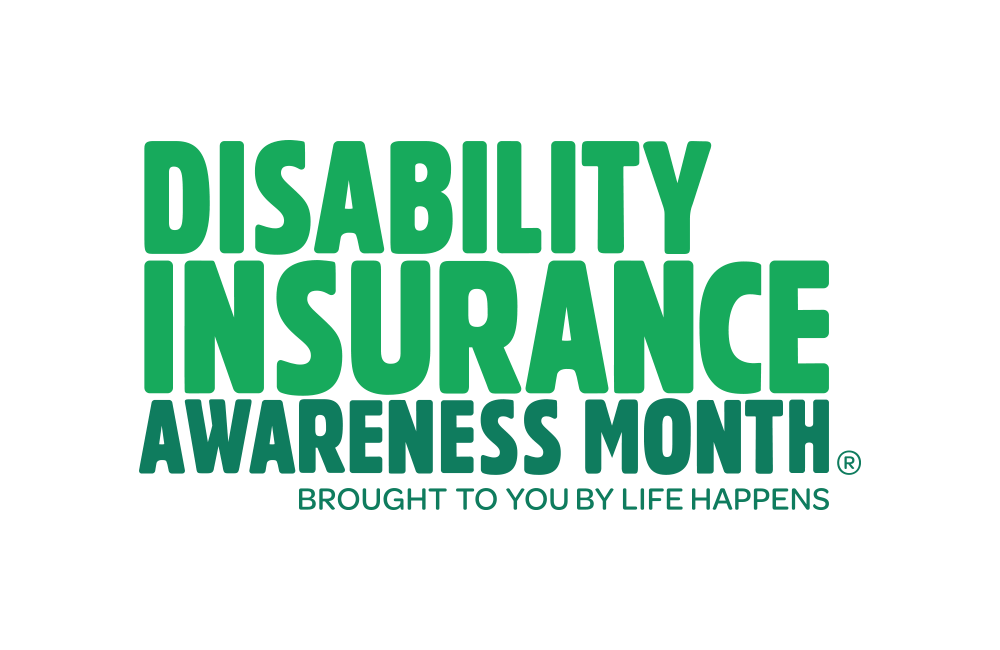

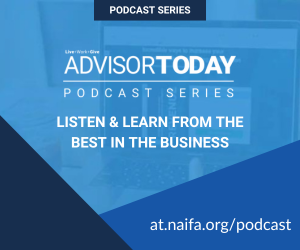
.png?width=300&height=300&name=CC%202025%20Ad%20(300%20x%20300%20px).png)
.png?width=300&height=600&name=Tax%20Talk%20Graphic%20-%20email%20tower%20(300%20x%20600%20px).png)
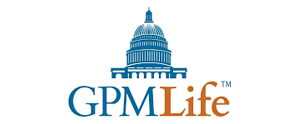
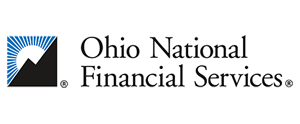
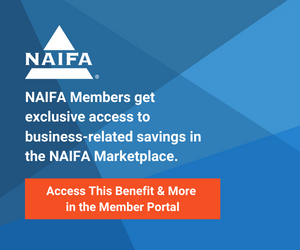
.png?width=300&name=NAIFA-FSP-LH%20with%20tagline%20-%20AT%20blog%20email%20ad%20(300%20x%20250%20px).png)
.png?width=728&height=89&name=2024%20Congressional%20Conference%20(728%20x%2089%20px).png)
